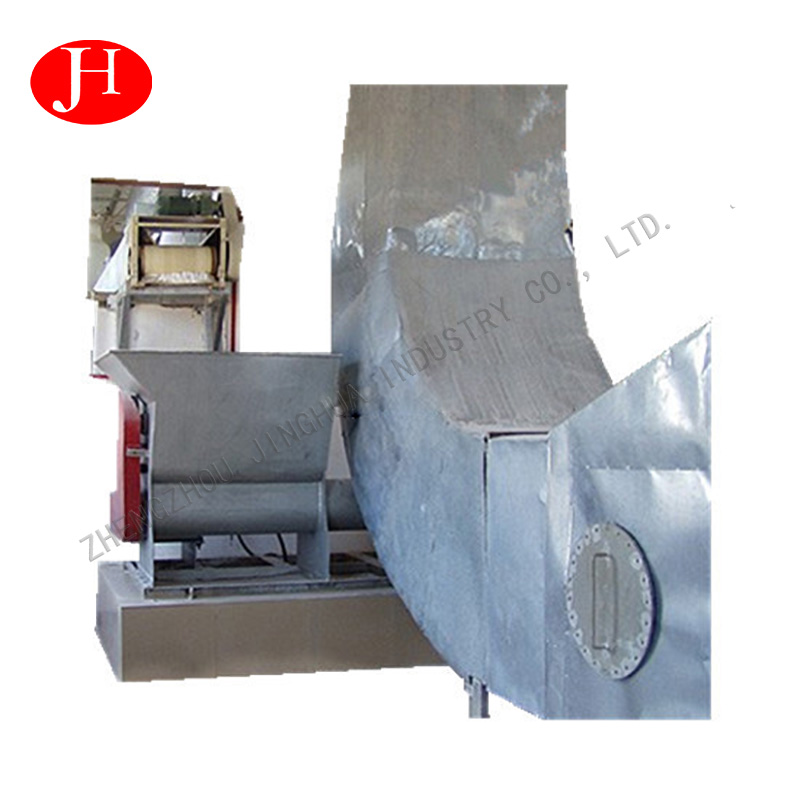At sustainability-obsessed Shaw restaurant Oyster Oyster, candles are made from filtered cooking oil and the beeswax of its local honey producer. Menus are printed on recycled paper with pollinator wildflower seeds that you can plant in the ground. And, most famously, the only protein served on the hyper-seasonal, vegetable-centric tasting menu is oysters, which help filter local waterways. Now Oyster Oyster is taking on wine waste, becoming the first restaurant in the country to turn its used bottles into plates.
“Within this region, and as a country, recycling is kind of this false belief that we buy into. A very small percentage of any glass actually gets recycled,” says chef-owner Rob Rubba. Oyster Oyster had already switched from bottled and canned beer to kegs, but the 100 to 120 wine bottles the restaurant goes through a week were trickier to address. Then Rubba came across a zero-waste restaurant called Silo in London that was using a glass crusher to recycle its bottles into serving dishes. Large Capacity Vacuum Filter Machine

So Rubba ended up buying his own $10,000 glass crusher—a machine that’s more often used by hotels and clubs that go through massive quantities of bottles in order to compact their waste. (The byproduct is sometimes used in landscaping.) He’s now working with Maryland-based Material Things studio, which already produced ceramic plates for Oyster Oyster, to turn the bottles into something new. The crushing process produces a fine, non-abrasive sand but also some more coarse pieces. The fine sand is put into a clay mold in the shape of the plate then fired in a kiln. The coarser stuff isn’t great for a food dish, so instead it’s turned into a vessel for warm towels offered at the beginning of the meal.
Oyster Oyster is currently using the recycled glass plates to serve a roasted spiced carrot with fermented cabbage and smoked tofu on rye flatbread. The dish is paired with a glass of Blanc Singulier Champagne from Ruinart, the oldest Champagne house in France. Ruinart bottles were used to create the first plate prototypes, and the sustainability-minded wine producer has helped collect some additional bottles from other restaurants.
Rubba estimates Material Things went through 30 to 40 versions to get the plates they have now. “They were super thin the first time, then they were too thick,” he says. “Or they were too rough, they weren’t as polished as we wanted. So there’s a lot to figure out.” Some rejects are being used as bases for planters.
Currently, Oyster Oyster is using about 90 percent of its bottles to make plates as it builds up a stockpile of the dishes. So far, it has about 50 plates that it’s happy with, and the team is working on a larger version next. Eventually, Rubba says he’d like for other restaurants to bring in their own bottles and then purchase the resulting plates. They’re also looking into other uses for the ground glass—maybe lampshades or sound-proofing objects made with a mix of materials.
“The restaurants that we see today, there will never be a perfectly sustainable solution,” Rubba says. “It’s just the world we live in. But to have these dialogues, to develop new technologies, to have thoughtful things that hopefully inspire other people to find better solutions is the goal behind it.”

Cassava Starch Making Machine Jessica Sidman covers the people and trends behind D.C.’s food and drink scene. Before joining Washingtonian in July 2016, she was Food Editor and Young & Hungry columnist at Washington City Paper. She is a Colorado native and University of Pennsylvania grad.